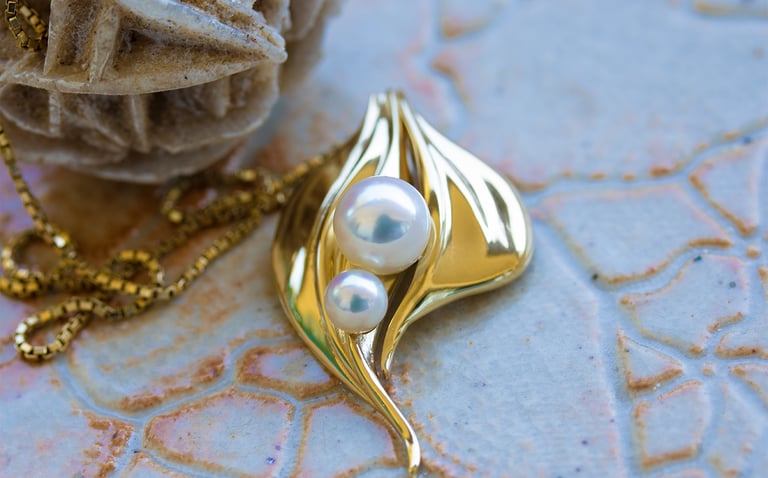The Symbolic Significance of Adornment Throughout Human History
2/21/20252 min read


The Meaning Behind Adornment
Since the dawn of civilization, humans have adorned themselves with symbolic objects that extend beyond mere decoration. This practice transcends cultures and epochs, encompassing a wide range of commodities from carved stones and animal bones to sacred metals and gemstones. These items have always served a deeper purpose; they embody expressions of belief, memory, identity, and protection.
Jewelry as a Connection to the Divine
In ancient cultures, jewelry often signified a connection to the divine. For instance, Egyptians wore the Eye of Horus—an emblem believed to offer protection and bring good fortune. This symbolism illustrates that adornments were not merely aesthetic but rather interwoven with spiritual significance. Similarly, various civilizations crafted unique pieces designated to invoke blessings or safeguard against evil. The pendants, amulets, and talismans represented more than personal style; they conveyed important messages to the cosmos and those around them.
Signifiers of Social Status and Identity
Jewelry also played an instrumental role in denoting social status and identity. For example, warriors in ancient Persia wore intricately engraved talismans, representing not just strength but also honor and valor. In contrasting societies, beaded jewelry among Native American tribes served as a spiritual language—a method for storytelling and cultural expression. The types and styles of jewelry varied significantly, reflecting social stratifications, regional characteristics, and community identities. These objects often encapsulated intricate histories, providing insight into the societal structures and values of the civilizations that crafted them.
The Role of Jewelry as Protection and Memory
Beyond serving as status symbols, adornments have functioned as personal shields against harm. Throughout history, individuals have chosen to wear specific charms and protective amulets believed to ward off danger. The act of wearing such items speaks volumes about human psychology; it illustrates a fundamental desire for safety and security. Additionally, many pieces of jewelry are laden with personal memories, each item telling stories of love, loss, or connection to heritage. These experiences become etched into the very fabric of the objects themselves, transforming them into personal relics.
The Timeless Nature of Symbolic Adornment
In examining the historical roles of symbolic objects, we discover that the practice of wearing meaningful items is as timeless as humanity itself. From evoking divine connection to asserting social identity, jewelry and other adornments serve multifaceted purposes that resonate deeply within cultures across the globe. Even in contemporary society, while styles may change, the symbolic significance of adornment remains ever-present, serving as a reminder of the profound human quest for meaning, connection, and expression.
